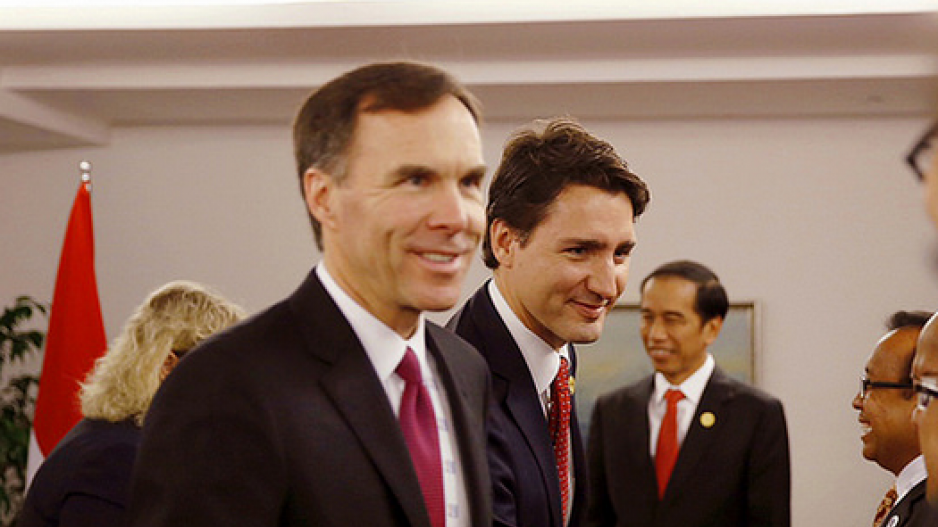In total, the federal government plans to spend $180 billion in the coming decade on things like public transit, transportation, “green” infrastructure, and “social infrastructure” which would include affordable housing, federal Finance Minister Bill Morneau announced November 1 in a fall budget update.
To help raise some of that capital, Ottawa plans to create a new infrastructure investment bank that will leverage private sector investment, notably from pension funds.
The new Canada Infrastructure bank will include $35 billion in federal loans, loan guarantees and equity investments, which will be available to municipalities and provinces to help finance infrastructure projects.
One component of the “green” infrastructure will include “inter-provincial transmission lines that reduce reliance on coal-fired power generation.”
Ontario recently agreed to buy hydro power from Quebec, and B.C. has floated a similar idea with respect to helping Alberta phase out coal power as well –– all of which would require new transmission lines.
There are other provinces that share borders, Manitoba and Saskatchewan, for example, where one province has clean hydro power and the other is still reliant on coal power.
The $81 billion in federal spending over 11 years would be allocated to five key areas:
• public transit, $25.3 billion;
• green infrastructure, $21.9 billion;
• social infrastructure, $21.9 billion;
• trade and transportation, $10.1 billion; and
• rural and northern communities, $2 billion.
Green infrastructure includes renewable energy, transmission lines, and water treatment. Social infrastructure includes affordable housing and child care.
Spending on trade and transportation infrastructure would be for “more efficient transportation corridors to international markets" – i.e. roads, bridges, and ports.
The $10.1 billion earmarked for trade and transportation is being welcomed by the Forest Products Association of Canada.
“We agree that trade corridors will help grow the economy of the future and support prosperity,” said FPAC Derek Nighbor. “Effective transportation is vital for the forest sector’s competitiveness and export performance which supports middle class jobs.”
Clean Energy Canada is applauding the idea of an investment bank that will help finance energy projects.
“A well-designed infrastructure bank will make it easier to attract the investment needed to build transformative clean energy projects in Canada,” said Clean Energy Canada executive director Merran Smith. “The global clean energy transition is well underway, and this will help ensure we are among the leading countries.”




